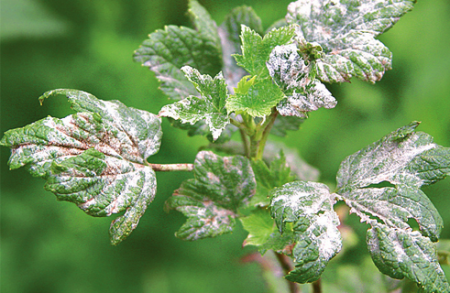 Due to its special aroma, excellent taste and rich vitamin composition, currants have been popular for many centuries. Her varieties are very numerous, as, unfortunately, are ailments. So, the most common diseases of currant and the fight against them, folk remedies and special drugs - further.
Due to its special aroma, excellent taste and rich vitamin composition, currants have been popular for many centuries. Her varieties are very numerous, as, unfortunately, are ailments. So, the most common diseases of currant and the fight against them, folk remedies and special drugs - further.
Common currant diseases and folk remedies
Currant Anthracnose
Reason such a disease is a special mushroom. The first indicators of the disease appear in mid-summer. These are spots of reddish and brown color with tubercles in the middle, which become larger and affect the entire leaf part. Then the leaves become dry and fall off. This disease develops in the rain, and its spores remain on the damaged plant even in the snow. Therefore, the bushes should be treated without putting off the case in a long box.
It is necessary to apply Bordeaux liquid in a proportion of 100 g per 10 liters of water, spray at the slightest manifestations of the disease and after harvest. One of the most common folk remedies will also help - burning all fallen leaves and avoiding the affected areas for planting new bushes.
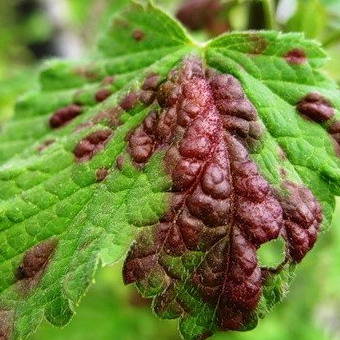
Powdery mildew
It is also a fungus, but of a different plan. The leaves of young bushes are covered with white bloom, which then “eats” and berries. The disease is not very frequent.
Disease treatment
Copper sulfate or iodine from a pharmacy is used. To prevent an ailment, they use a special top dressing for currant bushes. Read in detail about proper care for currantsso that the disease does not develop.
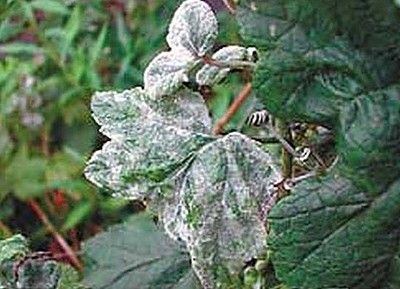
Currant Rust
It affects plants all year round. There are a couple of types of rust - a bulbous, reminiscent of red convex warts, and columnar - a small rash of orange color.
Disease treatment
They destroy the disease with phytospirin. You can use a more powerful tool - Bordeaux mixture, and it is used 4 times, with a frequency of ten days.
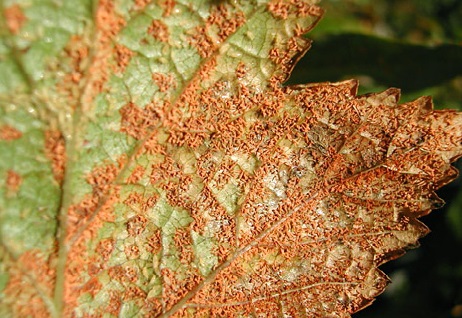
Blackcurrant reversion or terry
The causative agent of such a disease of currant (the fight against it with folk remedies - hereinafter) is ribes virus 1, and it transfers - a kidney tick. The shape of the leaves changes, the number of veins decreases, the characteristic aroma disappears, a purple hue appears. As a result, a mutation of the initial species of the bush and infertility of the plant.
Disease treatment
You can prevent trouble by selecting healthy material, as well as using potash and phosphorus feeds.

Nectric shoot drying
The disease is characteristic of red and white varieties. The causative agent of this ailment is a marsupial mushroom. Orange rash turns into brown tubercles, and when maturing spores - black. Young shoots begin to dry and die. In general, in the absence of proper timely treatment, the plant can die completely.
Disease treatment
At the first symptoms, it is necessary to trim the bushes, and treat the lesion sites with a Bordeaux mixture. For prevention, weeds should be removed, dry leaves should be removed and plants should be nourished.
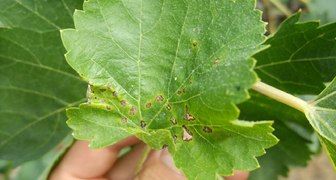
A few words about the currant pests
The most common types of parasites include aphids and caterpillars.
Gall aphid
It sucks plant sap, and as a result, currant leaves drypre-swelling with the acquisition of a red or yellow shade.
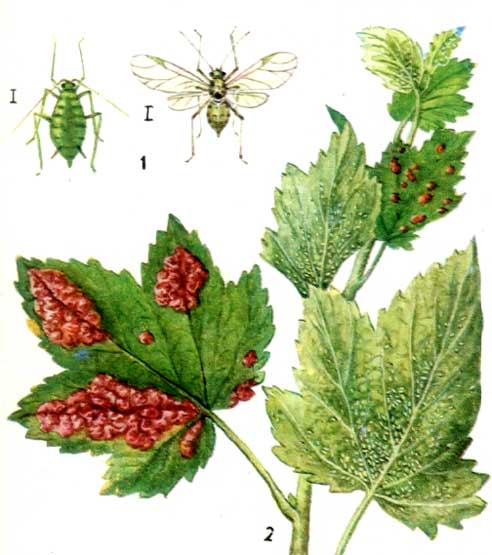
Aphid
It harms the branches, making them crooked and inhibiting their development.
Treatment
Try to remove weeds and unnecessary leaves, cut off diseased shoots, and place plants nearby that will attract the right insects to kill the aphids.
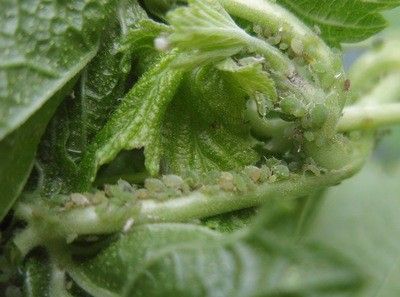
Fire
The little gray butterfly also brings trouble to the currant. Her pupae easily tolerate cold, and eggs are laid during the appearance of flowers. Caterpillars of this butterfly feed on currants, and the bush can no longer be cured at this stage.
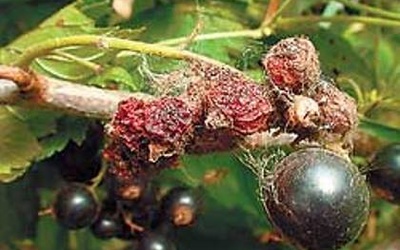
It is interesting! Before flowering, it is recommended to cover the soil with roofing material or linoleum, when the currant finishes flowering - eliminate the shelter.
So, to collect a good harvest, it is necessary at an early stage to identify currant diseases and fight them, folk remedies are suitable in this case as well as possible.

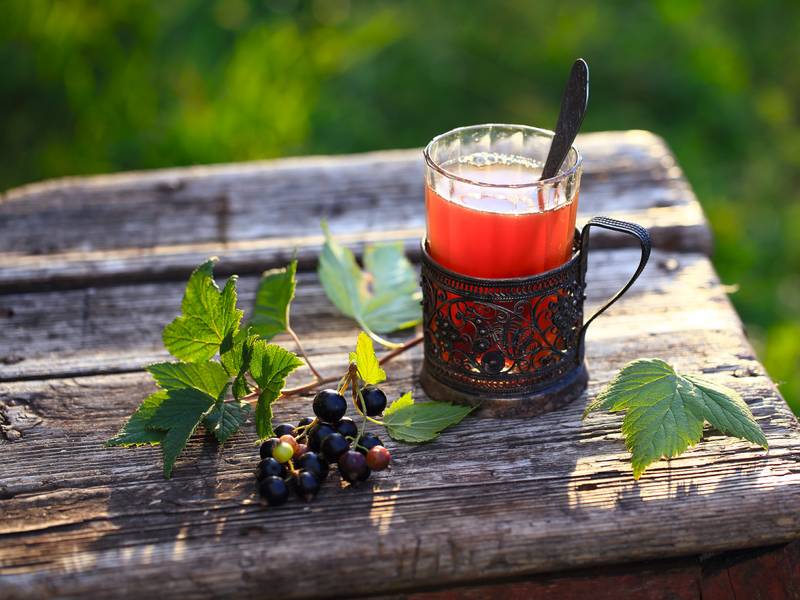
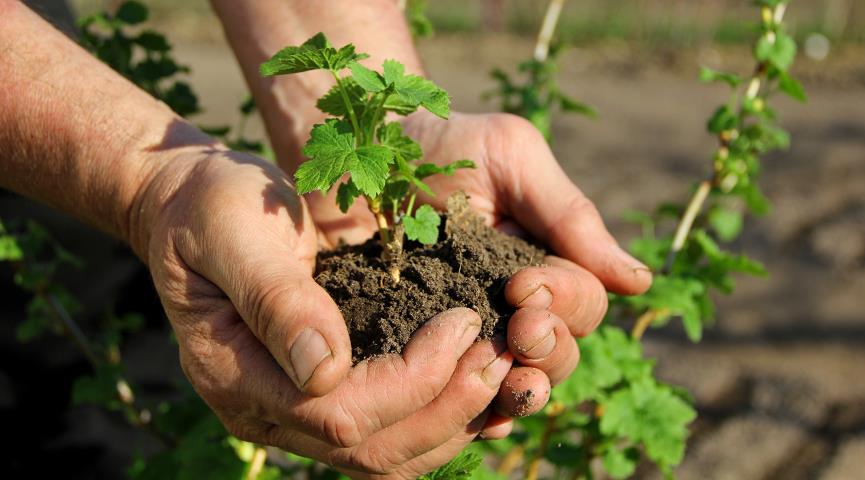
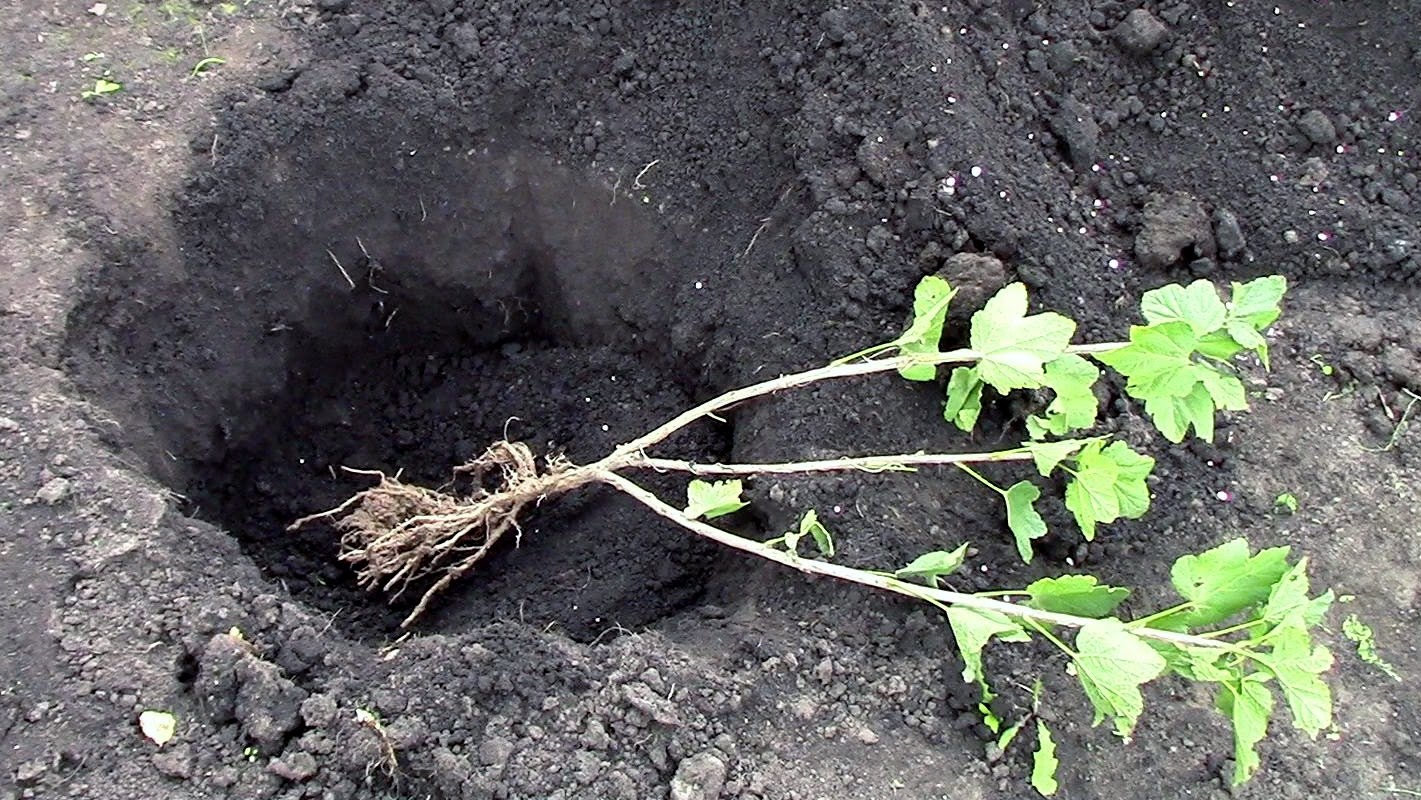
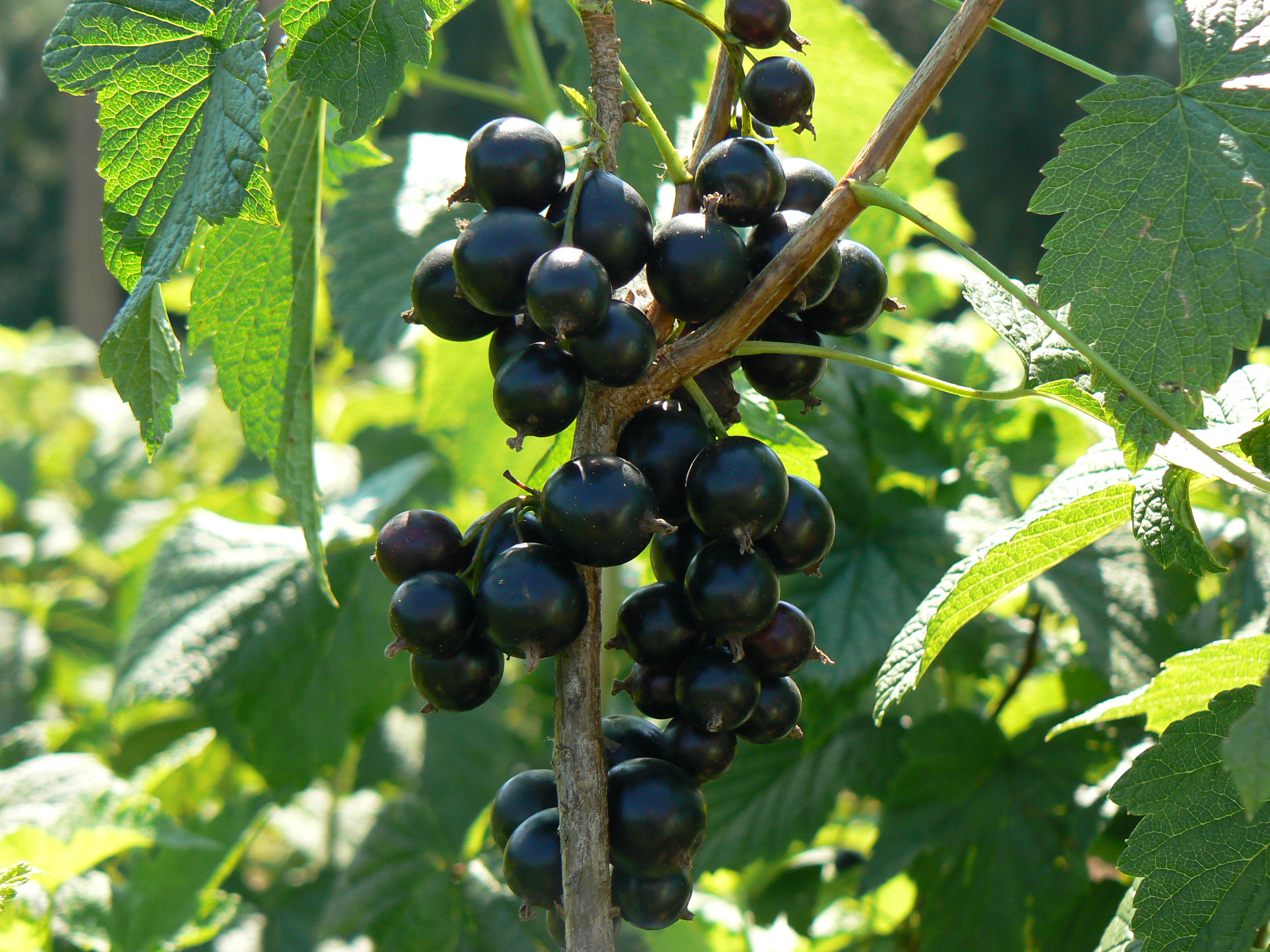 Blackcurrant: pruning in autumn, rejuvenation of the old bush, preparation for winter
Blackcurrant: pruning in autumn, rejuvenation of the old bush, preparation for winter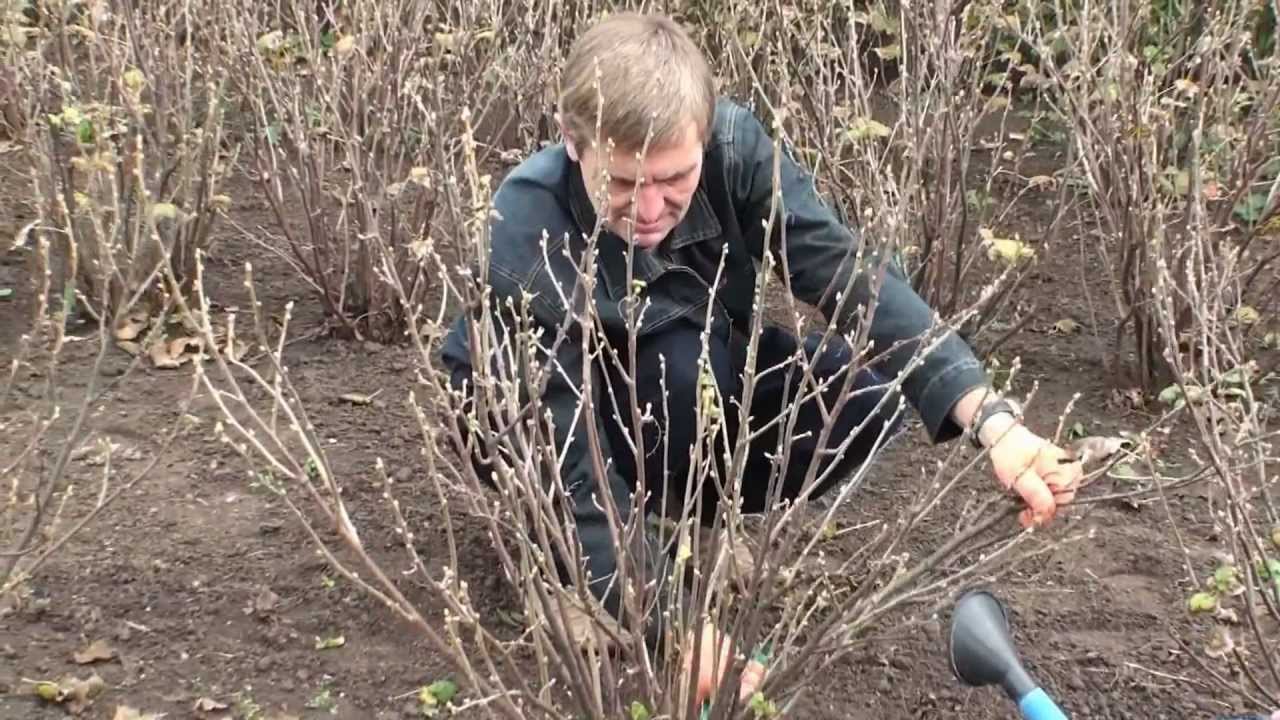 Autumn currant pruning scheme for beginners
Autumn currant pruning scheme for beginners Currant care in autumn and preparation of bushes for winter
Currant care in autumn and preparation of bushes for winter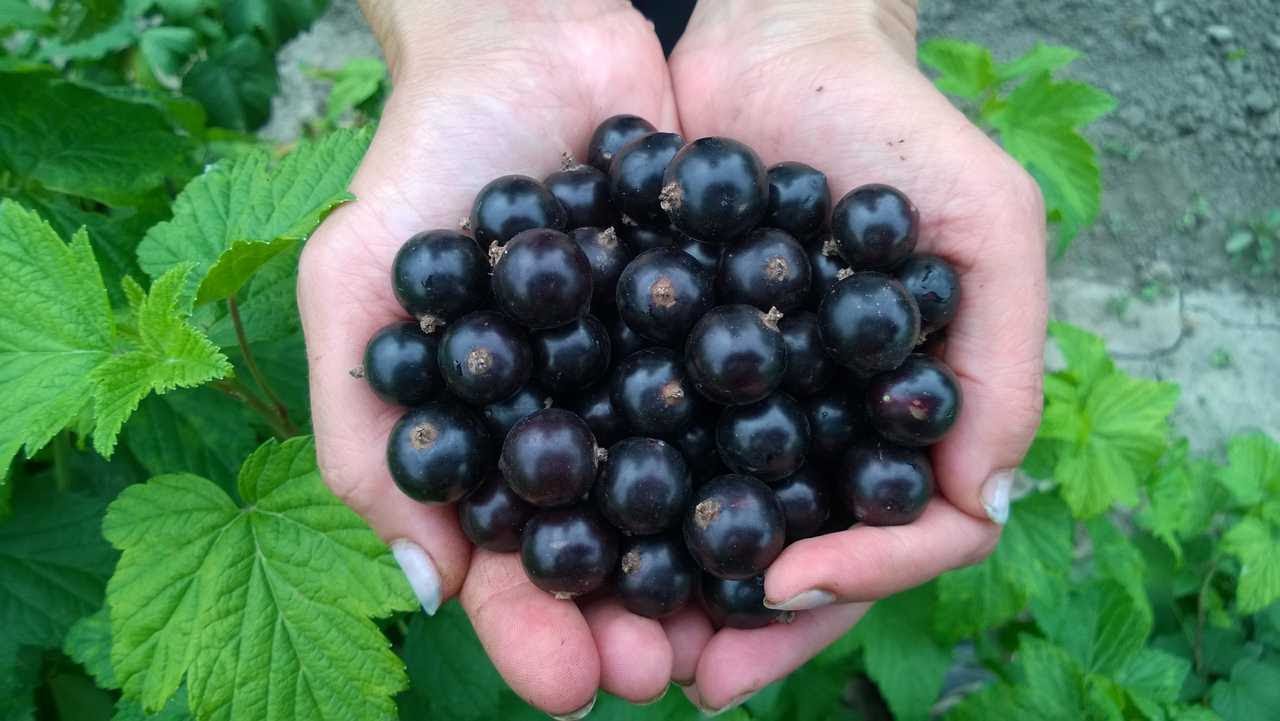 It's time to feed the currants - the best feeding
It's time to feed the currants - the best feeding